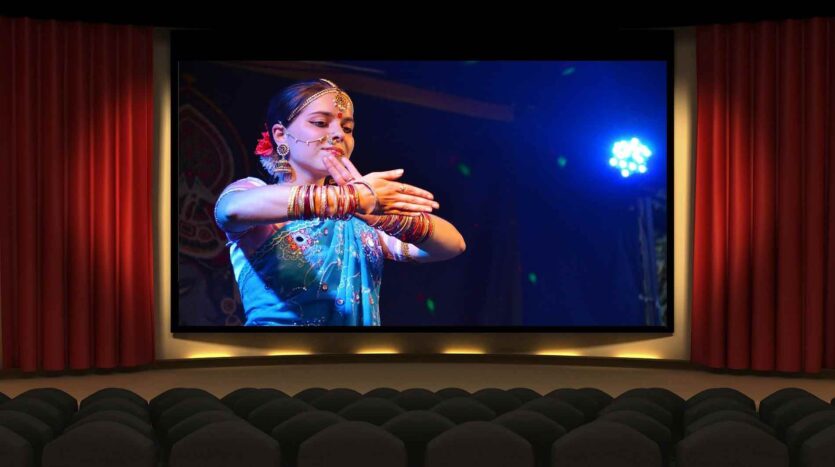Evolution of Bollywood: Embracing Changing Audience Preferences and Sensibilities
Bollywood, the vibrant and dynamic Indian film industry, has undergone a remarkable transformation over the years. From its early days of formulaic storytelling and song-and-dance extravaganzas, it has evolved to embrace changing audience preferences and sensibilities.
In recent times, Bollywood has witnessed a shift in its narratives, themes, and character portrayals, reflecting a more diverse and inclusive approach. This blog explores the journey of Bollywood’s evolution and how it has responded to the changing expectations of its audience.
Breaking Stereotypes and Challenging Taboos
One of the significant changes in Bollywood has been the breaking of stereotypes and the challenging of societal taboos. Traditionally, Bollywood films often reinforced gender roles, glorified patriarchy, and perpetuated stereotypes. However, in recent years, filmmakers have pushed the boundaries, addressing sensitive subjects such as feminism, LGBTQ+ issues, mental health, and caste discrimination.
Movies like “Pink,” “Padman,” and “Article 15” have confronted prevailing norms and sparked conversations about women’s rights, menstrual hygiene, and social justice. These films have not only entertained but also educated and empowered the audience, highlighting the importance of progressive values and social change.
Content-driven Cinema: The Rise of Realism
Another significant shift in Bollywood’s evolution has been the rise of content-driven cinema, focusing on realistic narratives. Audiences are now seeking movies that reflect their own experiences and present relatable stories. Filmmakers have recognized this demand and have started creating movies with more depth, authenticity, and social relevance.
Films like “Taare Zameen Par,” “Bhaag Milkha Bhaag,” and “Dangal” have tackled themes like dyslexia, sports, and female empowerment, respectively. These movies blend entertainment with a strong social message, resonating with the audience on a deeper level. The success of these films has proven that there is a hunger for meaningful storytelling that goes beyond mere escapism.
Experimentation and Genre Diversification
Bollywood has also witnessed a surge in experimentation and genre diversification, as filmmakers and actors strive to push creative boundaries. The industry has expanded beyond traditional romantic dramas and ventured into genres like crime thrillers, biopics, social dramas, and even horror.
Movies like “Andhadhun,” “Udta Punjab,” and “Stree” have captivated audiences with their unique storytelling and unconventional narratives. These films have challenged the notion of formulaic cinema, bringing freshness and unpredictability to the screen. By embracing diverse genres, Bollywood has catered to a wider range of audience preferences and expanded its reach globally.
International Collaborations and Global Impact
Bollywood’s evolution also includes its growing global impact and collaborations with international talent. Filmmakers and actors are now actively seeking collaborations with global studios, bringing together the best of Indian and international cinema. This cross-pollination of ideas and talent has resulted in a more inclusive and diverse representation on the silver screen.
Movies like “Slumdog Millionaire,” “The Lunchbox,” and “Gully Boy” have gained international acclaim, showcasing the richness and diversity of Indian cinema to a global audience. These collaborations have not only opened doors for Indian talent in the international market but also brought fresh perspectives and storytelling techniques to Bollywood.
Conclusion
Bollywood’s evolution reflects a necessary and progressive response to the changing audience preferences and sensibilities. The industry has broken stereotypes, embraced realism, diversified genres, and collaborated globally to provide a more inclusive and meaningful cinematic experience.
The shift towards content-driven cinema and the exploration of diverse themes has enabled Bollywood to engage with a broader range of viewers, both domestically and internationally. As the industry continues to evolve, it holds the potential to shape narratives, challenge societal norms, and inspire positive change in the world of entertainment.


